CME Group CEO Erik Norland presents a paper at the conference
On the morning of May 17, in Hanoi , the Vietnam Commodity Exchange (MXV) and the Chicago Mercantile Exchange (CME Group) jointly organized the International Conference: "Global perspective and outlook for Vietnam's commodity trading market in 2023".
At the conference, the world's leading experts from CME Group all forecast that raw material prices will continue to fluctuate strongly and unpredictably in the rest of 2023.
Since the beginning of the year, world oil prices have been fluctuating continuously. Specifically, after reaching a peak of 83.38 USD/barrel on April 12, WTI oil prices have continuously weakened, and created a new bottom at 63.57 USD/barrel on May 4, equivalent to a decrease of 23% within a month.
“The macroeconomic backdrop remains uncertain, driven largely by the US economic outlook and the pace of China’s recovery,” said Erik Norland, CEO of CME Group.
"Recent economic data has been disappointing for the market, but there are still many grounds for optimism about the economic recovery in the medium and long term," CME Group leaders predicted.
The MXV-Index, which measures the volatility of 31 commodities traded in Vietnam, has fallen more than 10% compared to the end of 2022.
Of which, agricultural products and energy groups were the items with the strongest price reduction, down 13% and 17% respectively.
(ILLUSTRATION PHOTO: REUTERS)
The role of price insurance tools
At present, raw material prices are fluctuating in a direction that is favorable for Vietnamese enterprises. Prices of Vietnam's key export products such as coffee, rubber, and pepper are all increasing very well.
Robusta coffee prices on the ICE have increased by more than 35% to nearly 2,500 USD/ton. Green coffee prices in the Central Highlands and southern provinces have also exceeded 56,000 VND/kg. Pepper prices have also exceeded 76,000 VND/kg in many southern localities.
Meanwhile, pressure on the animal feed industry has been reduced as raw agricultural product prices on the CME have continuously decreased in recent times.
The price of imported corn at Cai Lan and Cai Mep ports has now dropped below 280 USD/ton, compared to the price of more than 330 USD/ton at the beginning of the year.
The decrease in raw material prices has created the premise for animal feed production enterprises to continuously reduce the price of finished bran by 300-800 VND/kg (depending on the type), helping livestock production activities to be more favorable.
According to a report by the General Department of Vietnam Customs, our country imported 2.81 million tons of corn in the first four months of the year, up 9.3% over the same period in 2022. Wheat and soybean imports in the same period also increased by 6.7% and 1.6% respectively over last year.
However, experts all say that this is the most favorable period for import and export prices of goods in which Vietnam accounts for a large proportion in the world.
In the second half of 2023, the market may experience trend reversal points, and businesses need to have solutions and strategies in this context.
Some solutions and strategies raised in the workshop such as using price insurance tools; using futures contracts and options contracts in transactions; have received great attention from industry associations and import-export enterprises.
“It will be a huge advantage if domestic enterprises take advantage of the current good price period, combined with the application of price insurance measures. Once export and import prices in good price areas have been finalized, production activities in the chain will be much more proactive and effective,” said MXV General Director Dang Viet Hung.
(ILLUSTRATION PHOTO: REUTERS)
Enhancing the position of the Vietnamese market
At the workshop, CME Group experts continuously affirmed Vietnam's role in the world commodity market.
By the end of 2022, our country will still be the largest Robusta coffee exporter, the 3rd largest rubber exporter, the 6th largest corn importer and the 3rd largest soybean meal importer globally.
Any changes in Vietnam's supply and demand could impact commodity prices listed on world exchanges.
Since being allowed by the Ministry of Industry and Trade to connect transactions with the world, Vietnam's commodity trading market has made remarkable progress.
MXV trading volume in 2022 increased by 36% compared to the previous year. The trading growth rate remained stable in the first phase of 2023.
Currently, MXV has connected with most of the largest exchanges in the world such as Chicago Mercantile Exchange (CME Group), London Metal Exchange (LME), Intercontinental Exchange (ICE), Singapore Exchange (SGX), Osaka Exchange (OSE), Bursa Malaysia Derivatives Exchange (BMD).
Head of the Domestic Market Department (Ministry of Industry and Trade) Tran Duy Dong affirmed that the initial success of the Vietnamese commodity trading market has changed Vietnam's position in the international arena.
"The world's major commodity exchanges highly appreciate the potential of the Vietnamese market and wish to cooperate with us to develop the Vietnamese commodity trading market into the largest market in the region," the representative of the management agency cited.
Source link


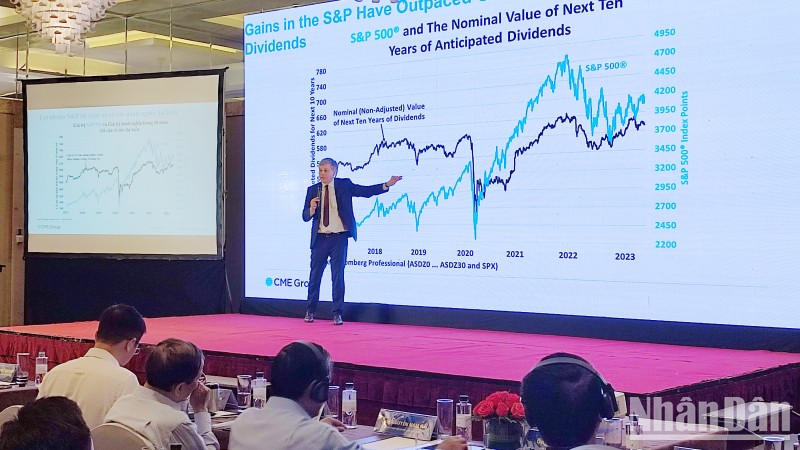
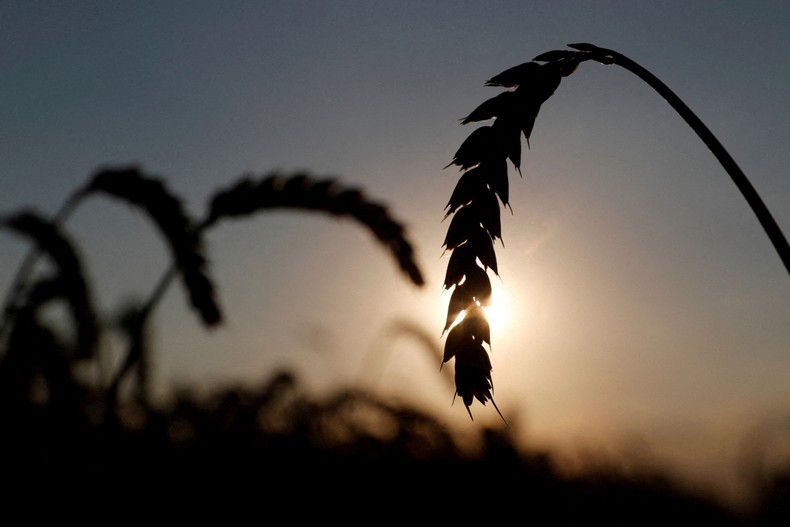
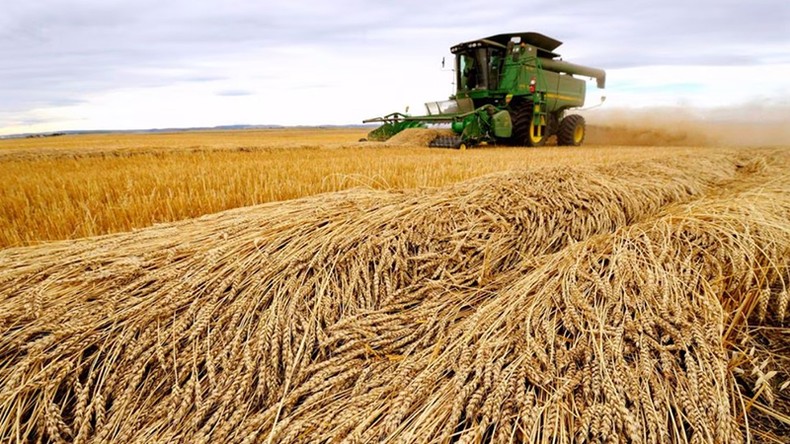

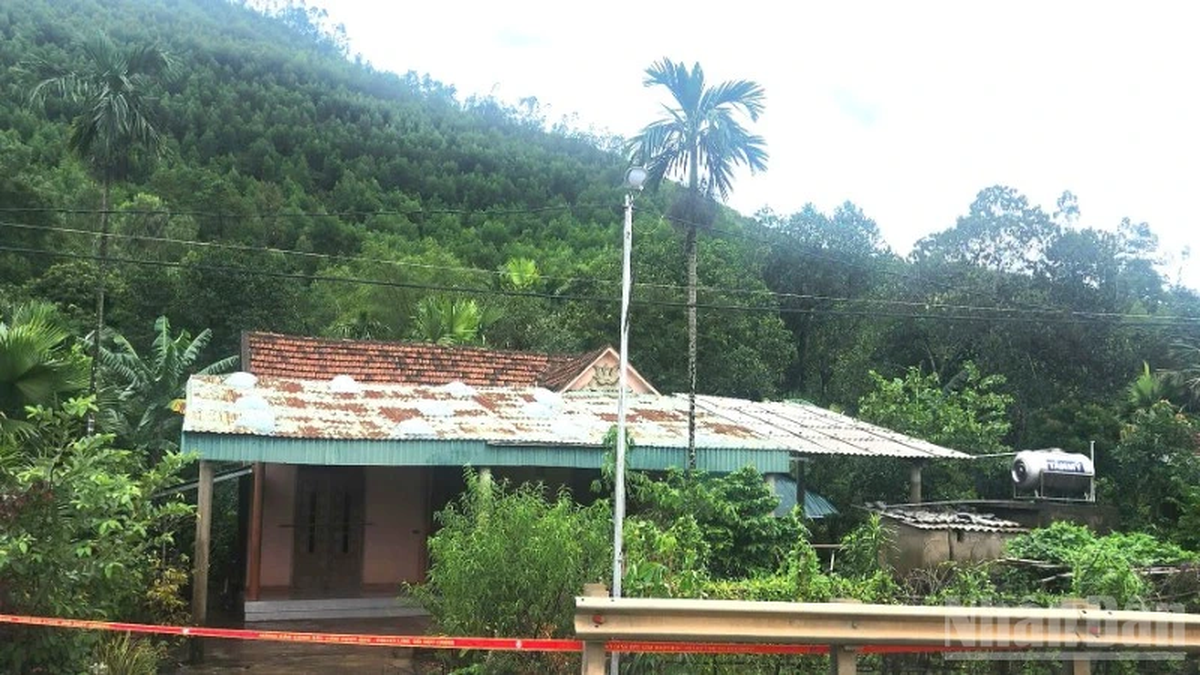
![[Photo] General Secretary To Lam attends the Vietnam-UK High-Level Economic Conference](https://vphoto.vietnam.vn/thumb/1200x675/vietnam/resource/IMAGE/2025/10/30/1761825773922_anh-1-3371-jpg.webp)
![[Photo] The Third Patriotic Emulation Congress of the Central Internal Affairs Commission](https://vphoto.vietnam.vn/thumb/1200x675/vietnam/resource/IMAGE/2025/10/30/1761831176178_dh-thi-dua-yeu-nuoc-5076-2710-jpg.webp)
![[Photo] Touching scene of thousands of people saving the embankment from the raging water](https://vphoto.vietnam.vn/thumb/1200x675/vietnam/resource/IMAGE/2025/10/30/1761825173837_ndo_br_ho-de-3-jpg.webp)
![[Photo] General Secretary To Lam meets former British Prime Minister Tony Blair](https://vphoto.vietnam.vn/thumb/1200x675/vietnam/resource/IMAGE/2025/10/30/1761821573624_tbt-tl1-jpg.webp)
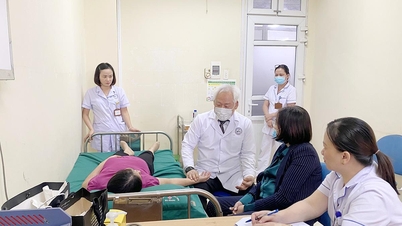






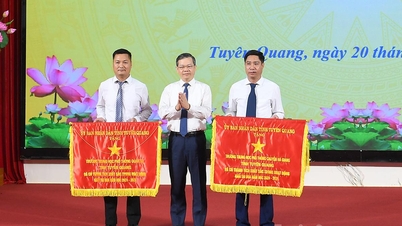




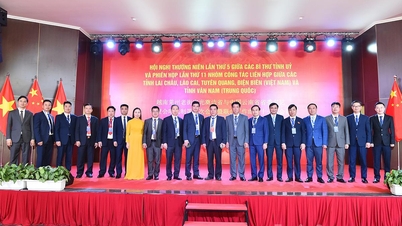





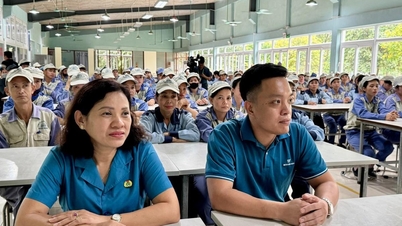
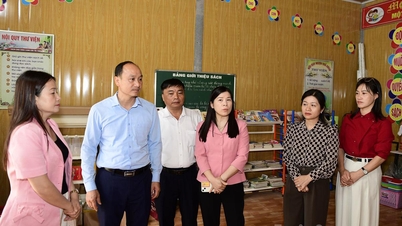



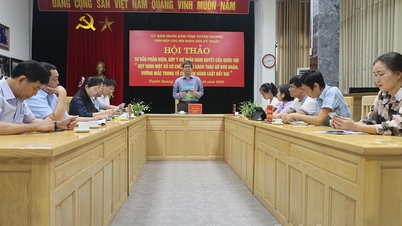
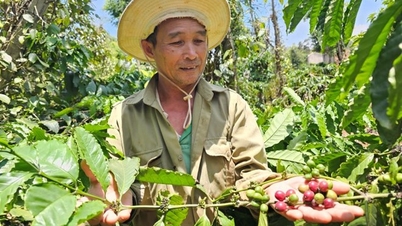






















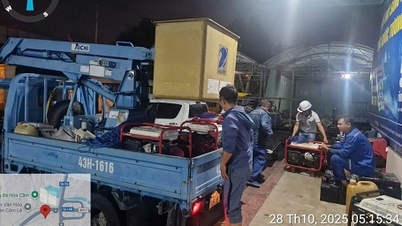



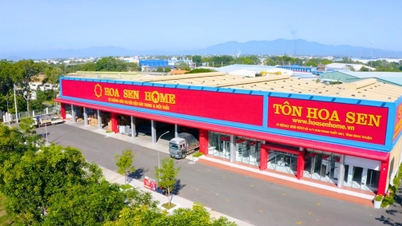


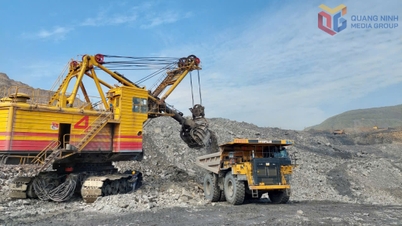







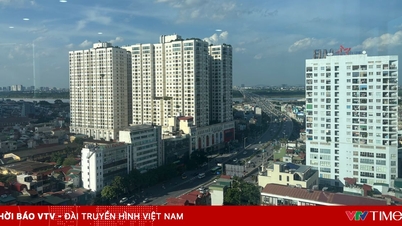

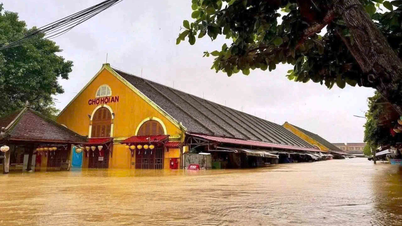




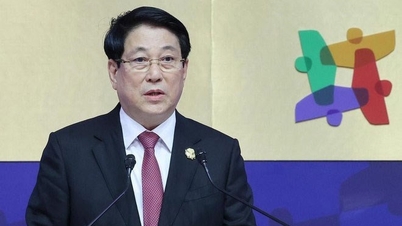
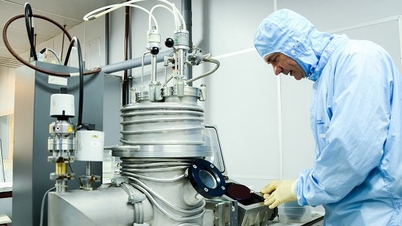

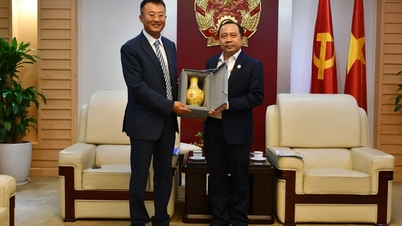


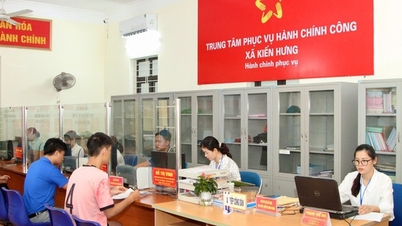




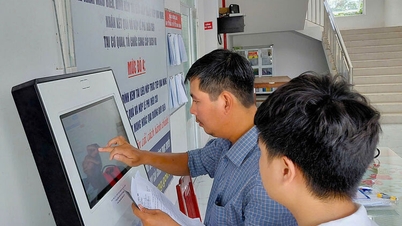

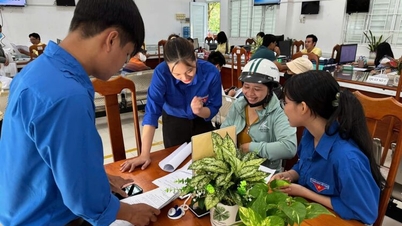
















Comment (0)